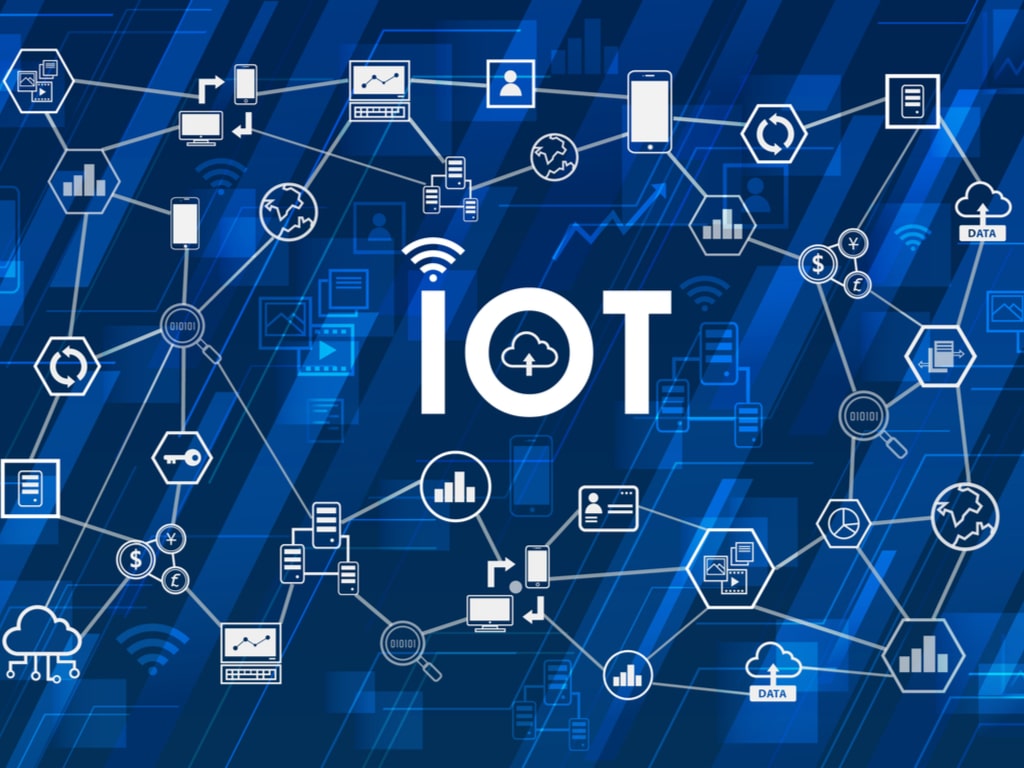
Building a Foundation for the Internet of Things
The Internet of Things (IoT) is a bit of a buzzword these days. The meaning has been diluted through overuse (and misuse), yet it’s an issue that needs to be examined carefully.
A Clear Definition
At its simplest, the IoT is any physical object that can be controlled by information technology and connected to the internet. If this definition seems too broad, it’s because the technology is literally revolutionary and conceivably limitless.
Every hour, there are about 500,000 new IoT devices connected to the internet. It’s impossible to list them all, but a tiny sliver of present-day items includes:
- Industrial control systems
- Dirty diaper sensors
- Home appliances
- Clothing
- Thermostats
- Inventory tracing
- Intelligent logistics
- Autonomous vehicle networks
Every day, new technologies are added to this list. It’s an understatement to call the possibilities explosive.
A Good Investment
One problem with the IoT is that it’s had some failed proof of concept testing. Enterprise IoT projects have a high failure rate – around 30% – because they are often adopted as a solution seeking a problem. Instead, they should be viewed through the lens of problem-solving real-world issues that exist or will exist in the finite future. For instance, supervisory control and data acquisition (SCADA) and programmable logic controller (PLC) are commonly used technologies and, in some cases, should continue to be used. However, IoT may be the ideal upgrade in many cases – or used in partnership with other technologies – for several reasons:
- Scalability
- Interoperability
- Increased security and reliability
A Wealth of Data
Data is everything today. It’s the world’s most valuable commodity, with numerous free services now commonplace, since they provide so much user data.
IoT is exciting because it creates entirely new business opportunities. As data about usage and function pours in, insights about customer or client habits and real-world applications can be analyzed and new possibilities for services or products become obvious.
Customer satisfaction is also shown to increase. You use the data to create more dialog with customers and can fine-tune your services to better identify and meet needs. How your customers actually use their products in their daily lives can be incredibly valuable information for future product development.
A Solid Foundation
IoT is only as good as the structure it’s built on. You need a strong backhaul to make it work well, including fiber optics, effective artificial intelligence (AI) and data storage. Everything needs to work seamlessly, especially for consumers, meaning you need to be ready for a flood of constant data.
The types of networks needed should also be considered. A low-power network uses tiny bit rates and low power to increase the possibilities of IoT, such as for batteries or widely spaced sensors. Some items may require access to cell towers, while most will work off standard WiFi access.
Once your IoT infrastructure is physically installed, you’ll need an IT engineer to design a system to collate and analyze the data. This often involves complex AI and ideally machine learning to adapt as the information comes in.
Future-proofing is essential to the design of your system. The IoT is literally based on the idea that “anything that can be connected, will be connected.” Organizations ready to embrace the IoT should be ready to adapt to the data. This is key to flexibility and resiliency; the data is there for your taking.





No Comments
Sorry, the comment form is closed at this time.